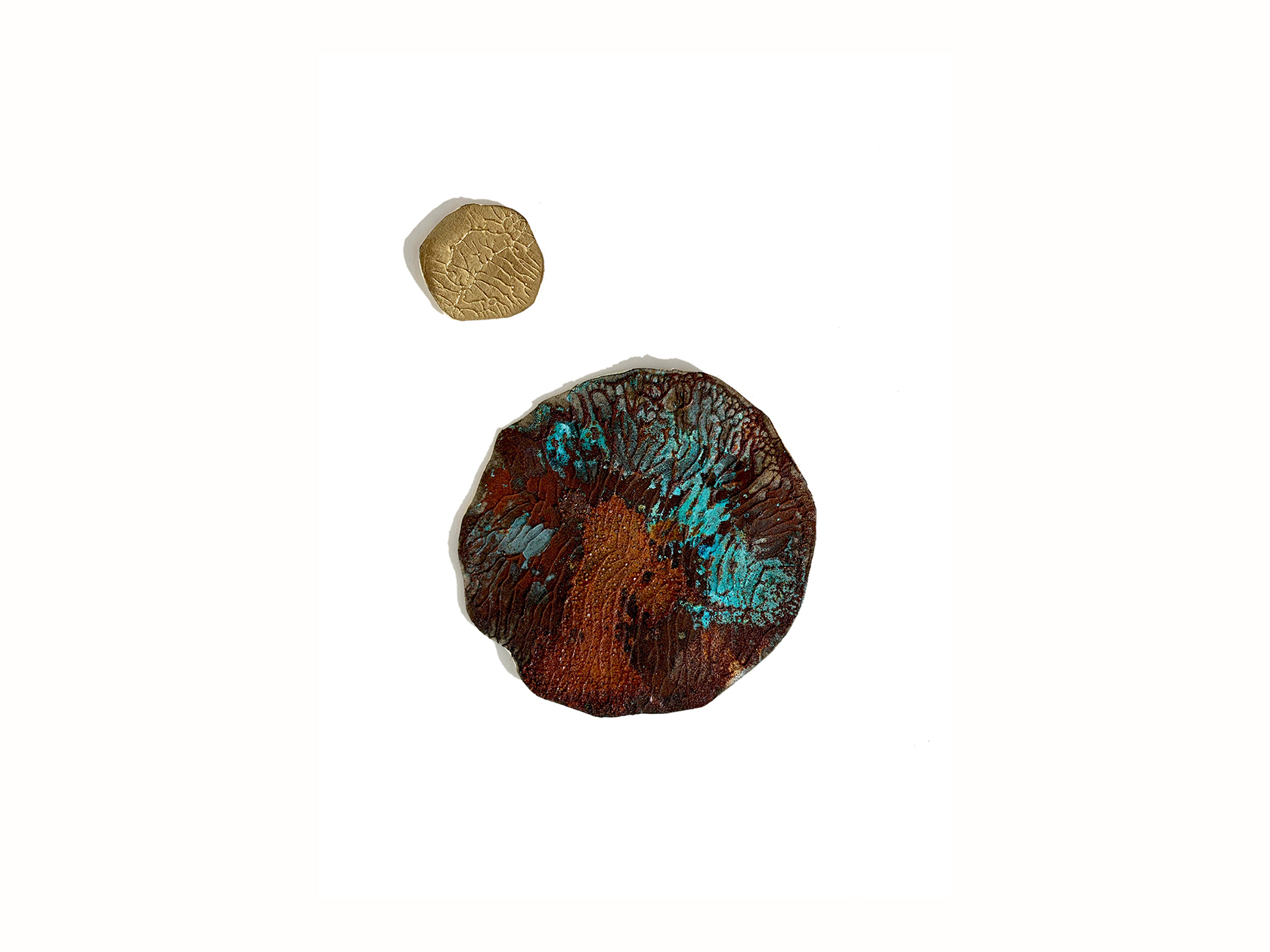
FRACTALS
Ciriaca+erre 2020, painting series in progress
Solve et Coagula, Ciriaca+Erre 2020
cm 72 x 57 miniature painting gold powder, rust and resin on paper cut and collage on frame.
Endless wonders arise from simple rules, if these are repeated endlessly. Mandelbrot
A fractal is a geometric object with internal homothetics: it is repeated in its shape in the same way on different scales, and therefore by enlarging any part of it, a figure similar to the original is obtained.
This feature is often called self-similarity or self-similarity. The term fractal was coined in 1975 by Benoît Mandelbrot in the book Les Objets Fractals: Forme, Hasard et Dimension (also the geometries of nature) to describe some mathematical behaviors that seemed to have a “chaotic” behavior, and derives from the Latin fractus (broken, broken), as well as the term fraction; in fact, the fractal images are considered by mathematics to be objects of non-integer dimension.
Nature produces many examples of shapes very similar to fractals. For example, in a tree, especially in the fir, each branch is approximately similar to the entire tree and each branch is in turn similar to its own branch and so on; It is also possible to notice phenomena of self-similarity in the shape of a coast: with images taken from satellite gradually larger and larger it can be seen that the general structure of more or less indented gulfs shows many components which, if not identical to
the original, however, they look a lot like him.
Fractals are also present in the geomorphological profile of the mountains, in the clouds, in the ice crystals, in some leaves and flowers. According to Mandelbrot, the relationships between fractals
and nature are deeper than we think.
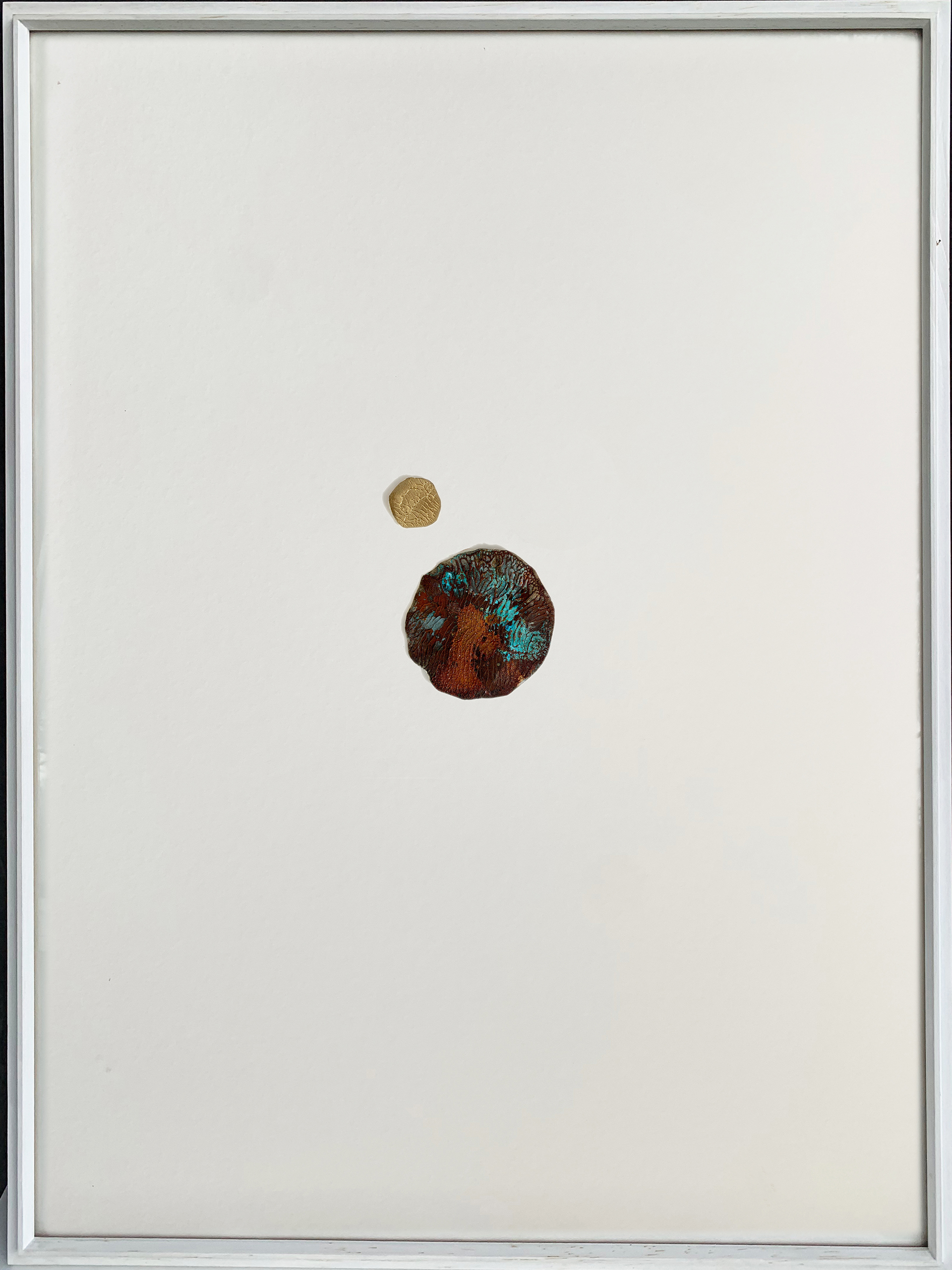
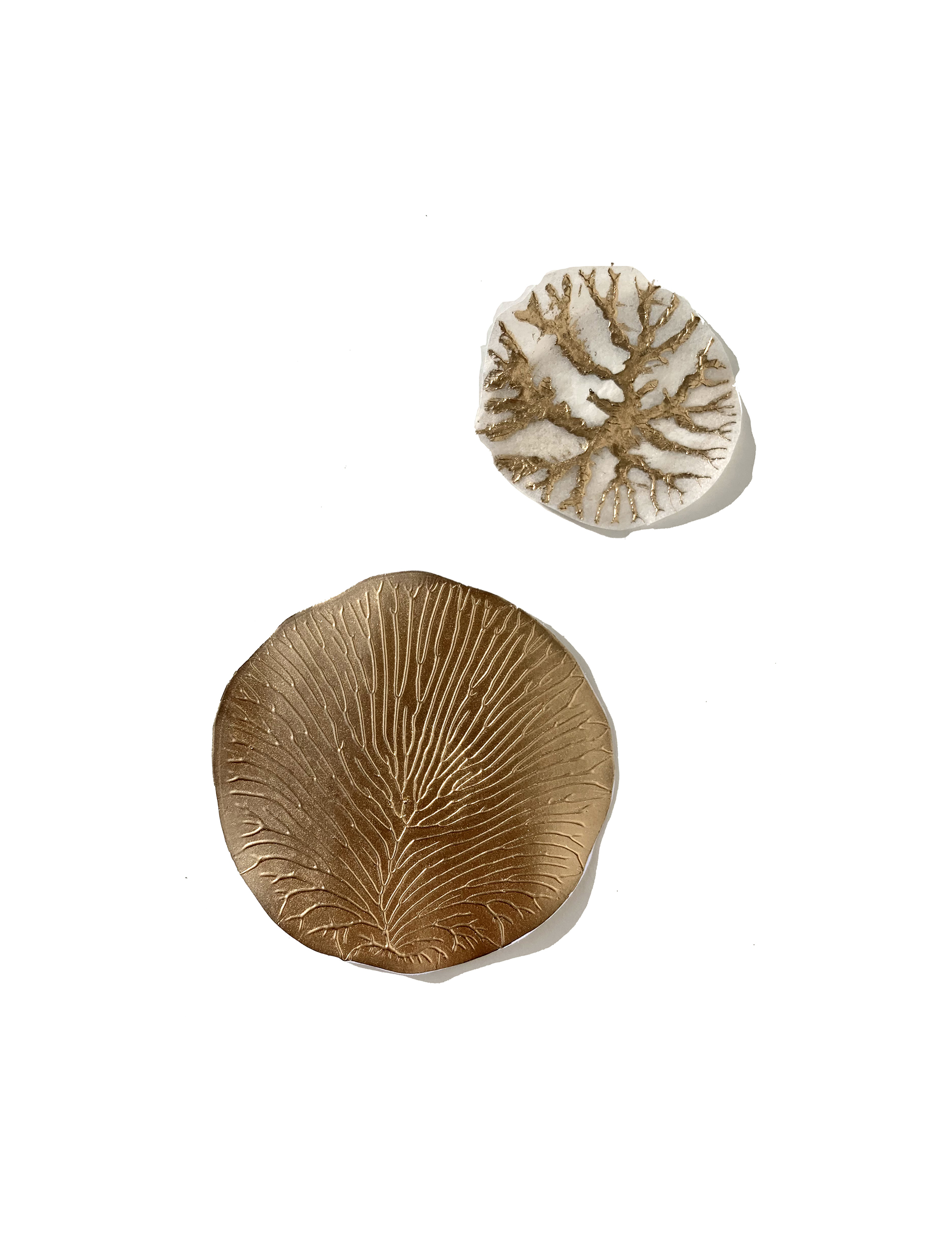
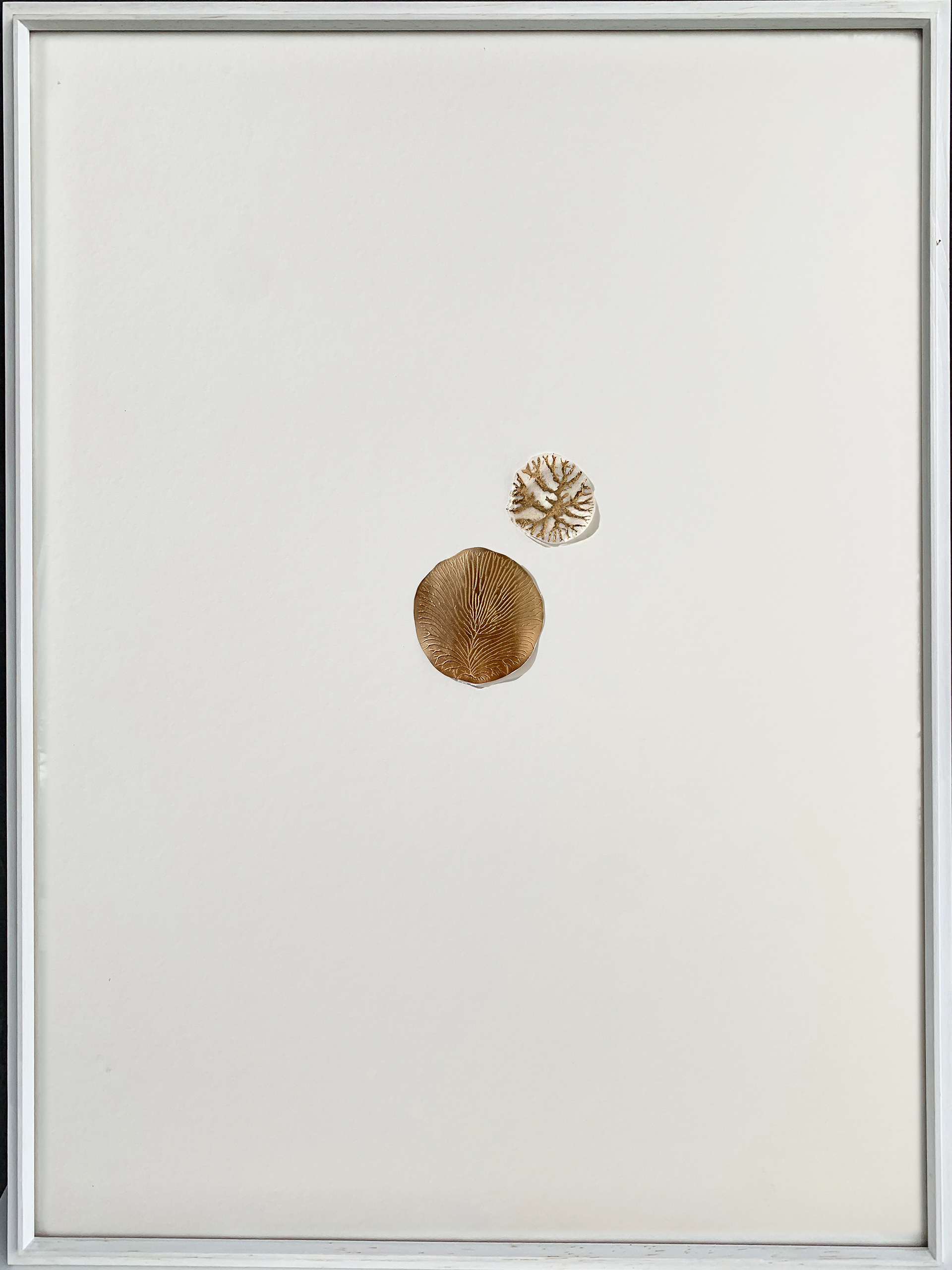
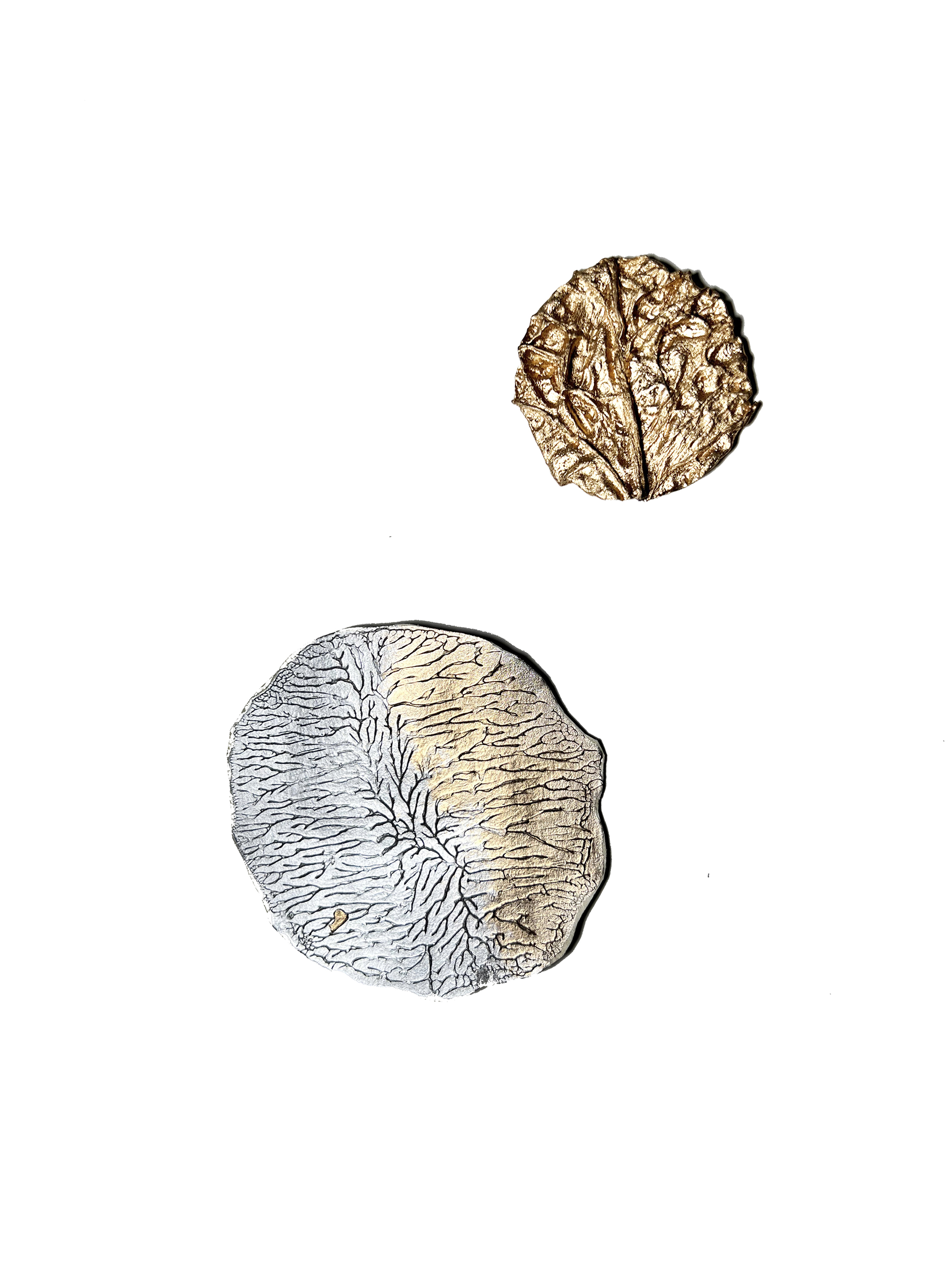
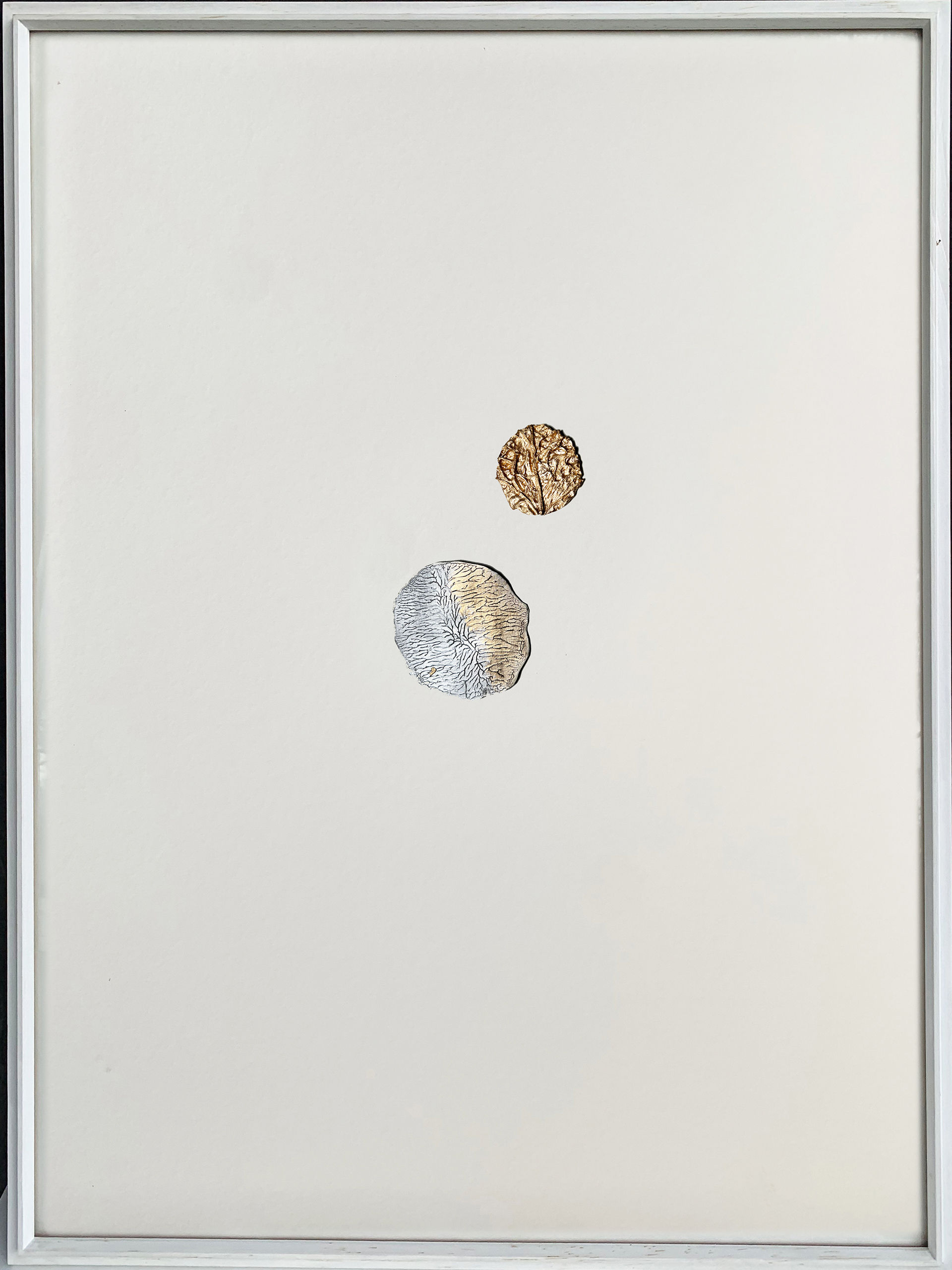
 Home
Home Sito Italiano
Sito Italiano